Disclosure: This article does not represent investment advice. The content and materials featured on this page are for educational purposes only.
Polygon-based meme coin XYZ races toward $10, sparking buzz as it eyes surpassing Cardano and Dogecoin in the crypto arena.
A meme coin on the Polygon blockchain is making waves with its rapid ascent toward the $10 mark. This token’s swift rise is stirring discussions about whether it could surpass well-known cryptocurrencies like Cardano and Dogecoin. The factors propelling its growth are capturing the attention of the crypto community.
The all-sports meme token that’s gaining traction

Built on the Polygon blockchain, XYZ is poised to leave giants like ADA and DOGE trailing as it charges toward the coveted $10 milestone. Imagine an MVP that pairs the world’s sporting passion with explosive meme coin energy, welcome to XYZVerse, where degens everywhere can seize the massive upside of this booming market.
Picture the frenzy that catapulted Polymarket to $1 billion in trading volume during the US presidential election, then top it off with the electrifying hype of meme coins and the high-stakes thrill of sports betting. With millions of fans ready to hit the virtual field, XYZ is fueling an ecosystem ripe for rapid expansion.
It’s 2024, and meme coins rule the crypto roost. XYZ sets its sights on a staggering 9,900% growth by TGE, promising to blow past the finish line. Forget BOME’s 5,000% leap or WIF’s 1,000% rally, XYZ is here to outscore them all.
Armed with upcoming CEX/DEX listings, audited smart contracts, and a fully vetted team, XYZ already holds a commanding lead. Embrace the first-mover advantage before the crowd storms the field, and watch returns soar as XYZ accelerates toward the $10 mark.
Investors can grab XYZ tokens now.
Cardano dips
Cardano has experienced notable price swings recently. In the past week, its price fell by 20.80%. Over the last month, it decreased by 14.34%. However, looking back six months, ADA’s price has surged by 122.45%. This long-term growth suggests strong underlying momentum despite short-term declines.
The Relative Strength Index (RSI) for ADA is at 42.36, indicating that it is nearing oversold territory. The Stochastic oscillator stands at 13.57, which also points toward potential bullish reversal. The Moving Average Convergence Divergence (MACD) level is -0.0055, showing bearish momentum but hinting at a possible upcoming shift. With the 10-day and 100-day Simple Moving Averages closely aligned at $0.89 and $0.90 respectively, ADA’s price is consolidating.
If ADA’s price can overcome the nearest resistance level at $1.28, it could target the second resistance at $1.64. Achieving these levels would represent gains of approximately 48% and 78% from the current price range of $0.72-$1.08. Conversely, if the price dips to the nearest support level at $0.56, it would mark a decrease of about 22%. Traders are watching these levels carefully, as they may signal key opportunities in ADA’s price movement.
Dogecoin fluctuates
Dogecoin has seen significant shifts in its price recently. Over the past week, it dropped by 24.51%, and the past month shows a decrease of 25.80%. Despite these declines, DOGE holds a substantial 141.95% increase over the last six months. Currently, it trades between $0.24 and $0.40, reflecting a volatile market stance.
Technical indicators present a mixed outlook. The Simple Moving Averages for both 10 and 100 days stand at $0.31, indicating a period of consolidation. The Relative Strength Index is at 41.81, suggesting that the coin is nearing oversold territory. A Stochastic value of 17.76 supports this, pointing to potential upward momentum. However, the MACD level is at -0.002010, which could hint at continued bearish trends.
Key price levels are in focus for Dogecoin. The nearest resistance is at $0.48. Approaching this point would mark an increase of around 60% from the lower end of its current range. Beyond that, the second resistance level is at $0.63. On the downside, the nearest support level sits at $0.17. Falling below this could lead to the second support at $0.0252, indicating a significant decrease. These levels are crucial as traders watch for DOGE’s next move.
Conclusion
ADA and DOGE are strong, but XYZ, the first all-sport memecoin, aims for 20,000% growth, surpassing tokens like PEPE and MOG with its community-driven, sustainable approach.
To learn more about XYZ, visit the website, Telegram, and X.
Disclosure: This content is provided by a third party. crypto.news does not endorse any product mentioned on this page. Users must do their own research before taking any actions related to the company.
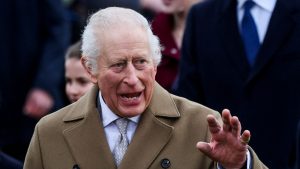
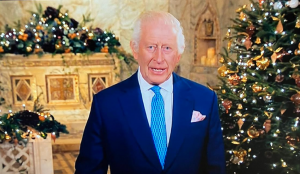

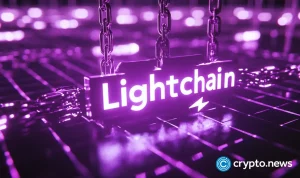








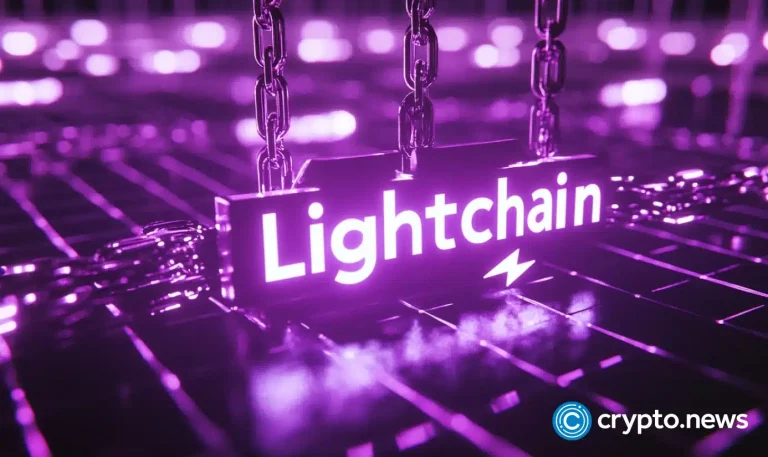
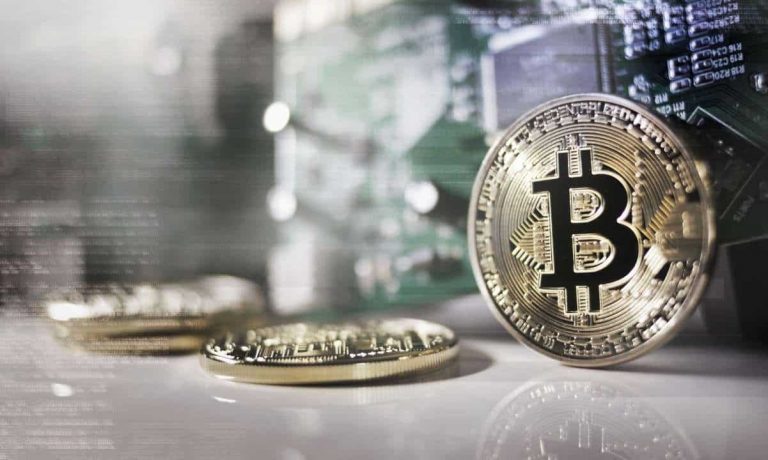

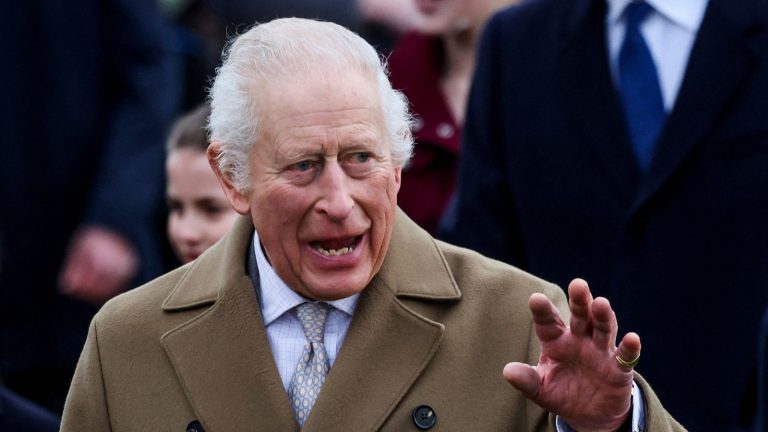
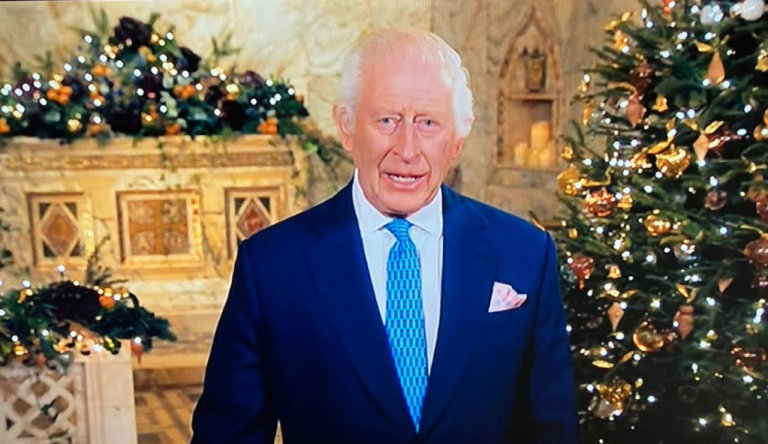
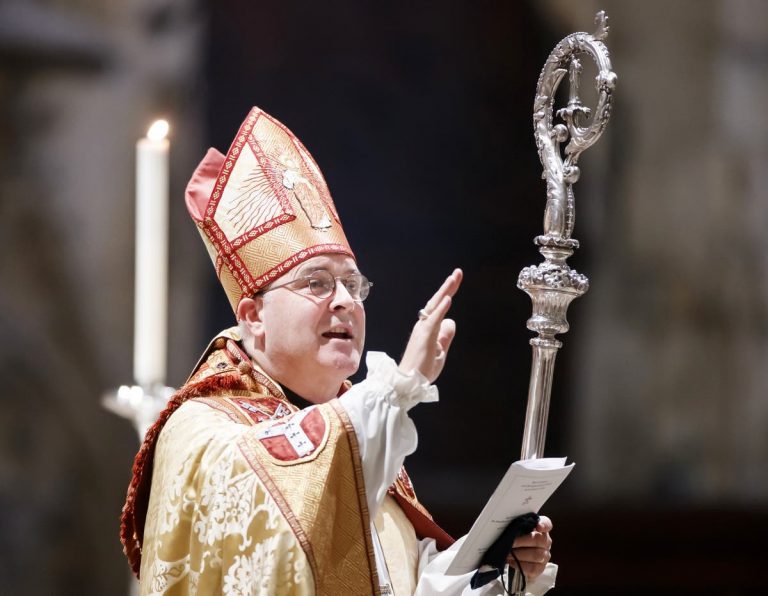




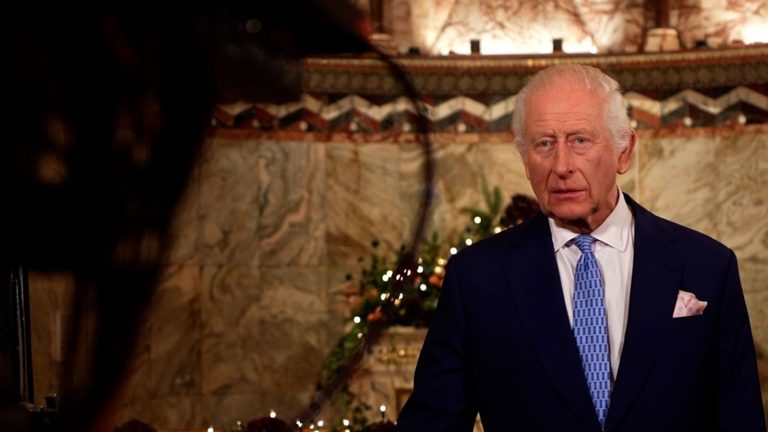
+ There are no comments
Add yours